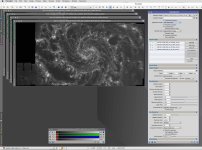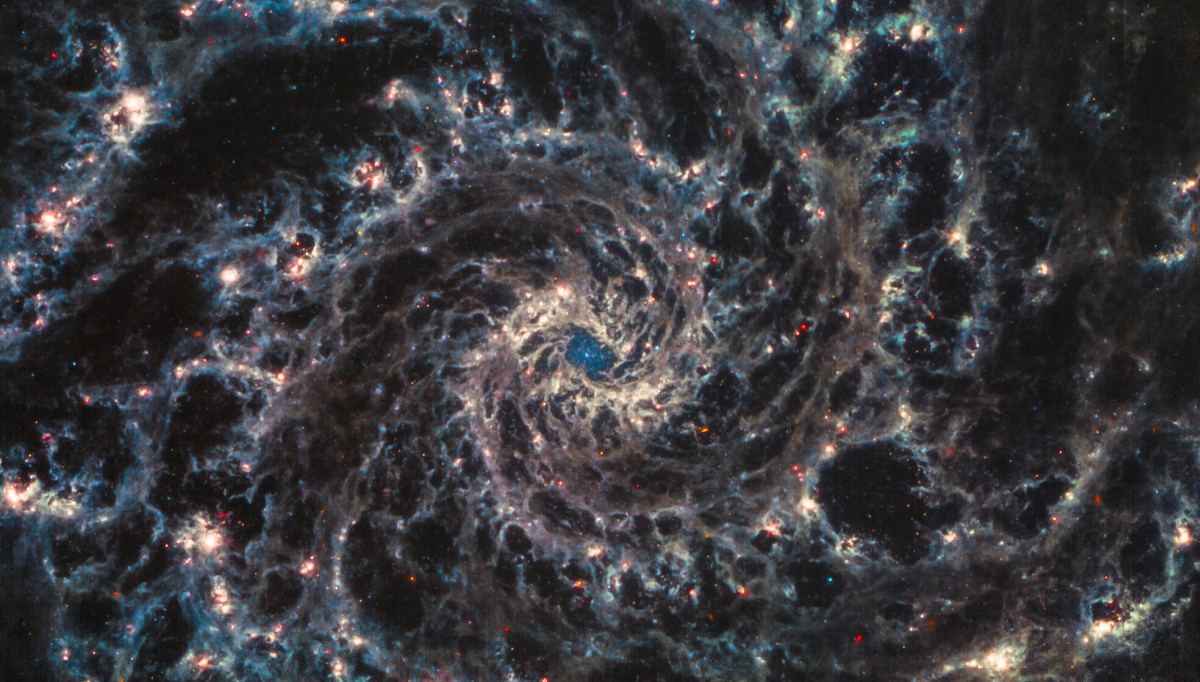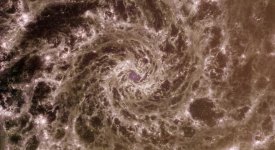GaryP
Well-known member
I have been trying to register six JWST NIRCam images of M74 with only partial success. Using StarAlignment with f187n as my reference (because it has lowest eccentricity), I have been able to register three images only, and only the f200w showed no rotation or translation on comparison. Using DynamicAlignment with reference star f115w, I can register all the images, but on inspection I can see that the rotations and translations are slightly off. Only f335 looked satisfactory on inspection. If anyone wishes to try and share their results, the files are available on OneDrive at folder M74. Note that the f187n is heavily banded---another problem I will have to deal with. Meanwhile, I will keep trying.
M74 XISF FILES
To thicken the plot, I downloaded four MIRI files of M74. I ran star alignment with f2100w as the reference file and had no success until I increased the Noise Reduction to 5. That produced one aligned file: f1000w. When I compared the two views, there was obvious rotation.
* Projective transformation matrix:
+1.014955 +0.006645 -8.464607
+0.004849 +1.017255 -8.987534
+0.000005 +0.000008 +1.000000
translation : 12.35 px
translation_x : -8.46 px
translation_y : -8.99 px
rotation : +0.01 deg
scale : 0.979
scale_x : 0.985
scale_y : 0.983
Generating registered image
Homographic Projection / Lanczos-3 interpolation, c=0.30: done
Registration successful.
Writing output file: /Users/garypalmer/Documents/ASTRONOMY/JWST/M74/MIRI/MIRIREG/jw02107-o039_t018_miri_f1000w_i2d_r.xisf
The MIRI files are also posted.
M74 XISF FILES
To thicken the plot, I downloaded four MIRI files of M74. I ran star alignment with f2100w as the reference file and had no success until I increased the Noise Reduction to 5. That produced one aligned file: f1000w. When I compared the two views, there was obvious rotation.
* Projective transformation matrix:
+1.014955 +0.006645 -8.464607
+0.004849 +1.017255 -8.987534
+0.000005 +0.000008 +1.000000
translation : 12.35 px
translation_x : -8.46 px
translation_y : -8.99 px
rotation : +0.01 deg
scale : 0.979
scale_x : 0.985
scale_y : 0.983
Generating registered image
Homographic Projection / Lanczos-3 interpolation, c=0.30: done
Registration successful.
Writing output file: /Users/garypalmer/Documents/ASTRONOMY/JWST/M74/MIRI/MIRIREG/jw02107-o039_t018_miri_f1000w_i2d_r.xisf
The MIRI files are also posted.
Last edited:




